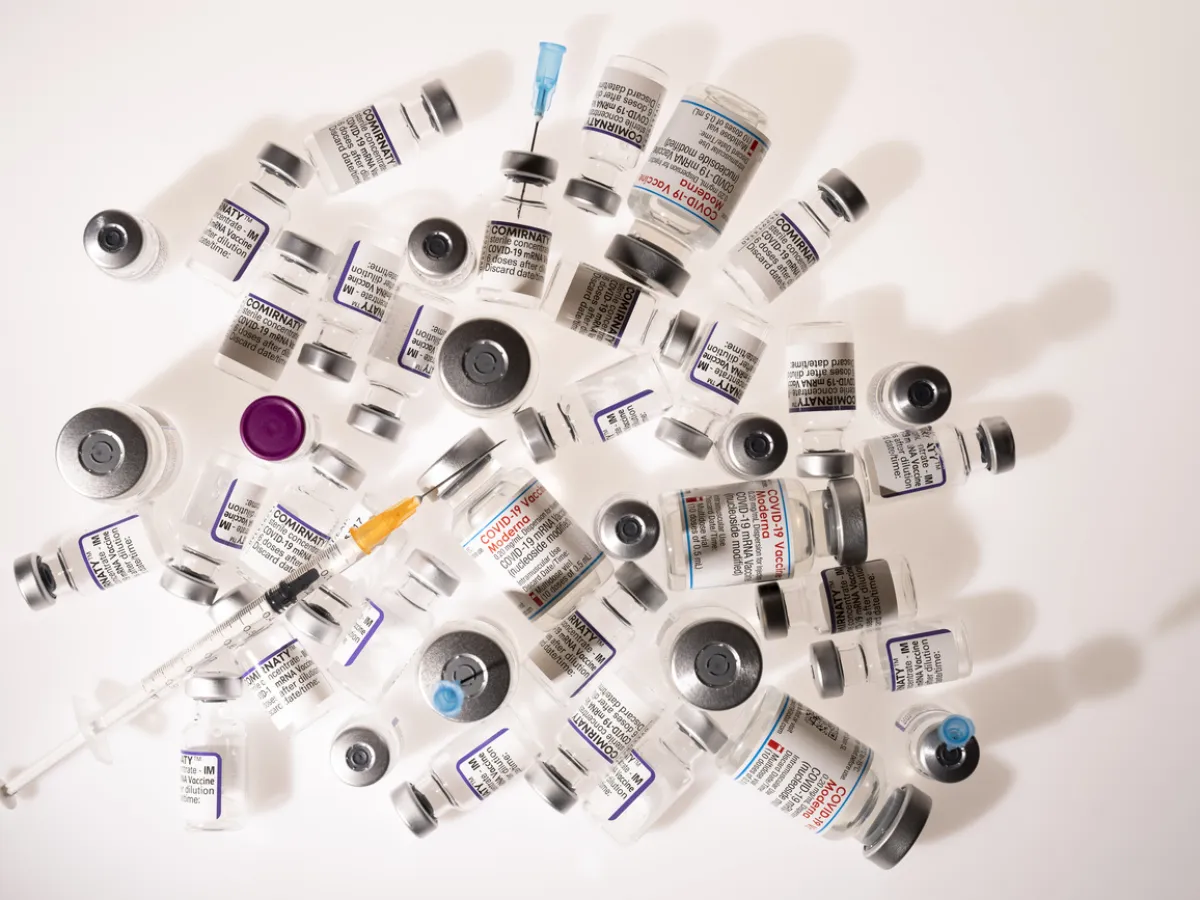After Covid chaos, new illness revives fears of China hiding data again
Even as China battles an unprecedented surge in respiratory illness, Ireland and France are now among several European countries to be recording similar spikes in child pneumonia cases.
In Denmark and France, the infections have surged to an epidemic level. Denmark has witnessed a three-fold increase in cases since October. The Netherlands has seen a 124% increase as compared to last year’s peak. Several South Asian countries, such as India, Taiwan, and Singapore, have also ramped up measures to tackle any potential outbreak.
In China, the issue came into the spotlight in late November, when the World Health Organisation (WHO) requested China for information about reports of undiagnosed pneumonia cases in children’s hospitals in Bejing and other locations. The first such cases were reported from northern China in mid-October. Then on November 21, public disease surveillance system ProMED in China issued a notification about reports of “undiagnosed pneumonia”. It was ProMED that had, in 2019, raised alarms regarding Covid-19.
Several photos of children receiving intravenous drips in hospitals were posted on social media. A children’s hospital in Beijing told state media CCTV that it was admitting at least 7,000 patients daily. What was even more worrisome was that several areas from where cases were being reported, such as Beijing and Liaoning, are almost 800 km apart.
According to Chinese authorities, symptoms of the outbreak included a sore throat, fatigue and a lingering cough lasts for weeks or months. But then a Beijing citizen, identified only as Wei, told a media outlet that infected children “don’t cough and have no symptoms… only high temperature (fever) and pulmonary nodules”. Other people reported atypical symptoms.
Now, the Chinese health ministry is insisting that the illness is caused by known pathogens and that there is no sign of new infectious diseases emerging, even as the country’s hospitals are flooded with sick children. According to China, the rise in diseases has been due to viruses such as influenza, rhinoviruses, the respiratory syncytial virus, or RSV, the adenovirus, as well as bacteria such as mycoplasma pneumoniae.
The authorities have attributed this surge in infections to the lifting of the Covid-19 restrictions. As per WHO, children may now be contracting pathogens that two years of Covid-19 restrictions had kept them away from. This is the first full winter season since the country lifted its strict pandemic restrictions in December last year.
However, these statements have not assuaged the international community’s concerns. Many countries have expressed doubts regarding China’s transparency, especially in the light of the recent Covid-19 pandemic and how China had handled the initial outbreak.
Covid criticism
In 2020, the WHO had accused China of “under-representing” the severity of its Covid outbreak, criticizing the country’s “narrow” definition of “Covid death”. Initially, China was listing only those patients who succumbed to respiratory failure as having died of Covid. Similar concerns of China not forthcoming with the relevant data were aired by the European Union and other global entities.
Disapproval of China’s handling of the pandemic also coloured the perspective of people and leaders in Chinese President Xi Jinping. Across the 14 countries surveyed in 2020, a median of 78% said they had no confidence that Xi would do the right thing when it came to international affairs.
Within the country as well, criticism was rife. For instance, Luo Diandian, the daughter of a Chinese general publicly slammed Beijing’s handling of the pandemic. In her explosive letter, she criticised the government’s “out-of-control management and unreasonably centralised control”, saying “chaotic” government orders “undermines the enthusiasm of cadres at all levels, leaving them at a loss as to what to do”. “It makes me feel ashamed and humiliated to think that they, who still have some power in their hands, didn’t even organize a decent “boycott” when they and most people were treated so unfairly,” she wrote.
Reportedly, the ruling Chinese Communist Party (CCP) tried to escape off criticism of its handling of the outbreak by spreading uncertainty about the virus’ origins. Authorities spread several claims, such as the virus was created by Washington and smuggled into China or that it entered China via food shipments.
Mystery continues
Even now, the origins of Covid-19 are being debated and the issue has divided the opinion across the world. Many believe it jumped from animals to humans at a Wuhan market, while others say it leaked from a laboratory.
Earlier this year, WHO director-general Tedros Adhanom Ghebreyesus said Beijing should have shared genetic information about the Covid-19 virus earlier, attracting backlash from China, where the authorities said the WHO comments were “offensive and disrespectful”.
Tedros said the newly disclosed genetic material gathered in Wuhan in central China, where the first cases were detected in 2019, “should have been shared three years ago”. The genetic material he was citing was uploaded to a global database recently but was collected at a Wuhan wildlife market in 2020. When foreign scientists made inquiries about the findings, Chinese officials removed this information from the database. By then, however, a French expert had copied and shared the data with colleagues.
Further, people are still suffering the consequences of trying to sound the initial warning on Covid 19. Only recently, there were reports about the potential release of a man, Fang, who had disappeared three years ago after posting videos of overcrowded hospitals. Reportedly, Fang was sentenced to three years in prison on a vague charge of “picking quarrels and provoking trouble”.
Another citizen journalist, Zhang Zhan, was sentenced to four years on the same charge. Then Chen Qiushi faced a similar fate for reporting on Covid-19, reappearing in 2021 only to say that he was suffering from depression.
Most astonishingly, in July this year, a researcher from the Wuhan Institute of Virology made the shocking claim that China engineered coronavirus and that her team were directed to ascertain which of the four strains would spread best.
Calling coronavirus a “bioweapon”, Shao said several of his colleagues were sent to hotels of athletes from various countries, during the 2019 Military World Games in Wuhan, to “check the health or hygiene conditions”. But the real purpose was to spread the coronavirus. He said people were also sent to Xinjiang with the same motive, under the garb of checking the health status of imprisoned Uyghurs.
Present status
As regarding the new illness, the Chinese health ministry has asked local authorities to provide more resources to fever clinics and urged people to wear masks. Despite China’s assurances, countries in Asia, including India, Nepal, Taiwan, and Thailand, have told healthcare workers to be vigilant for pneumonia cases. Also, five US Republican senators have asked the Biden administration to ban travel with China.
The infection is spread through droplet contact and is more common among children. Antibiotics are effective in most cases but development of antibiotic resistance is a concern. As it is, in Asian population, resistance to an antibiotic used to treat pneumonia is as high as 90%. The WHO, however, isn’t pushing the pandemic panic button as of now, though it has made an official request to China for detailed information. Also, doctors and experts in China and elsewhere are not too concerned regarding the situation.












